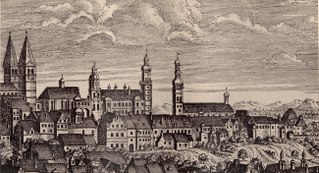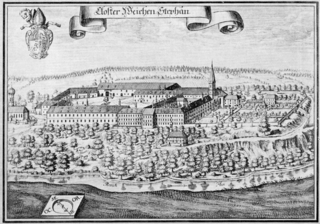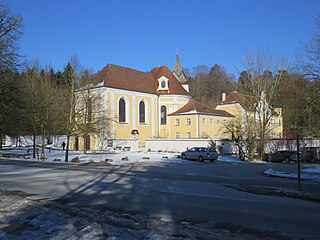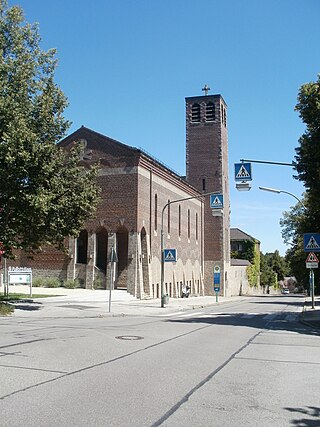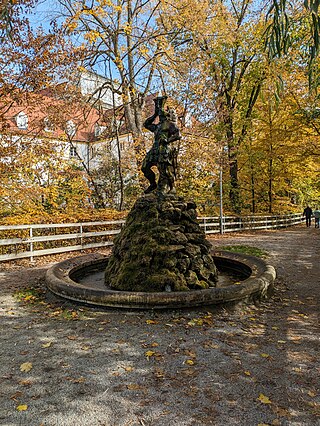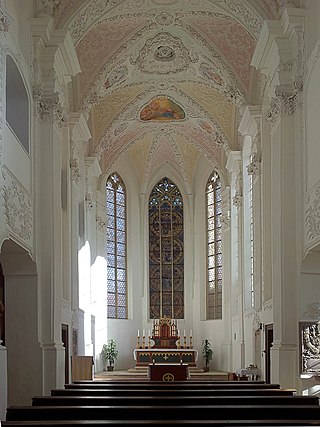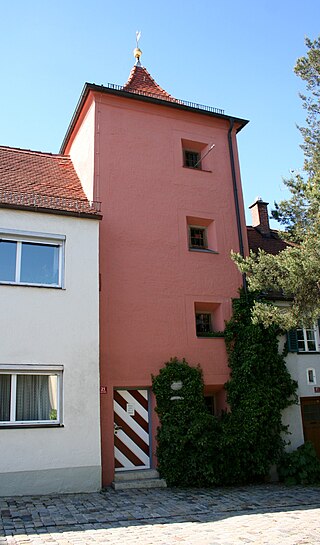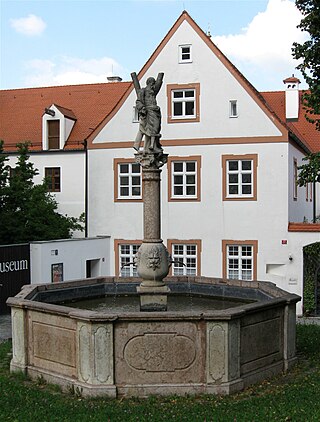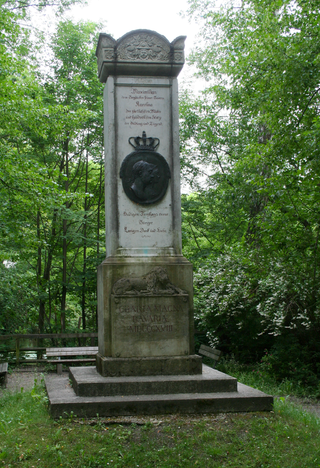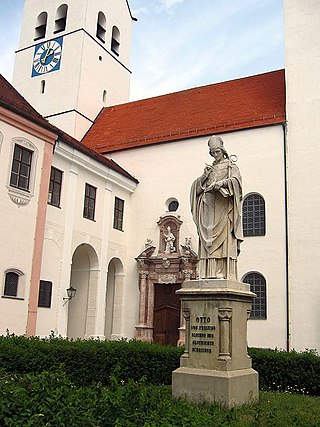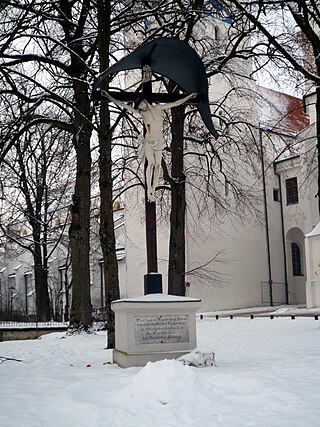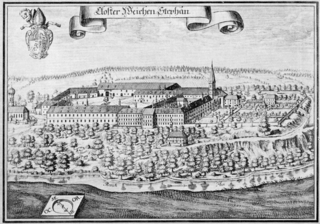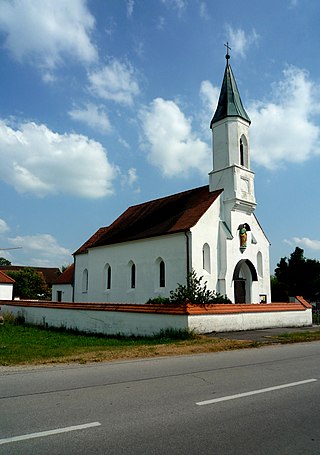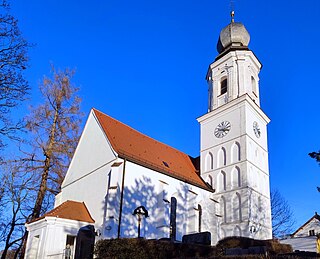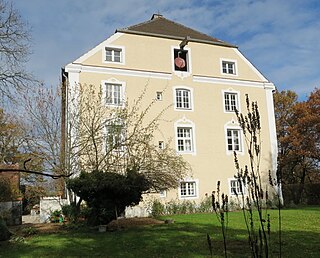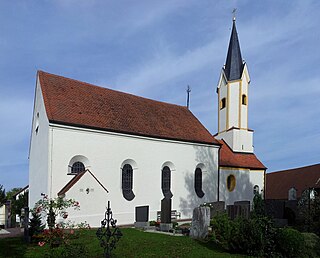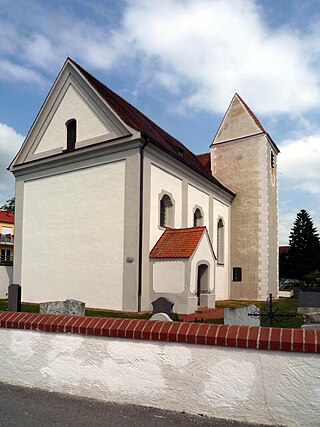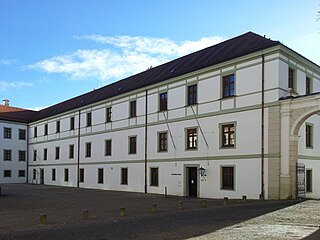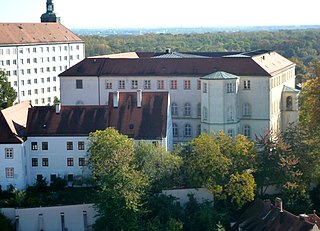25 Sights in Freising, Germany (with Map and Images)
Legend
Welcome to your journey through the most beautiful sights in Freising, Germany! Whether you want to discover the city's historical treasures or experience its modern highlights, you'll find everything your heart desires here. Be inspired by our selection and plan your unforgettable adventure in Freising. Dive into the diversity of this fascinating city and discover everything it has to offer.
Sightseeing Tours in Freising1. Douglas DC-3
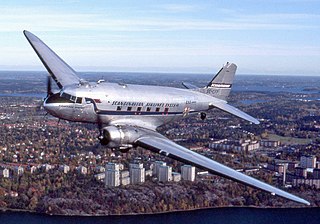
The Douglas DC-3 is a propeller-driven airliner manufactured by Douglas Aircraft Company, which had a lasting effect on the airline industry in the 1930s to 1940s and World War II. It was developed as a larger, improved 14-bed sleeper version of the Douglas DC-2. It is a low-wing metal monoplane with conventional landing gear, powered by two radial piston engines of 1,000–1,200 hp (750–890 kW). Although the DC-3s originally built for civil service had the Wright R-1820 Cyclone, later civilian DC-3s used the Pratt & Whitney R-1830 Twin Wasp engine. The DC-3 has a cruising speed of 207 mph (333 km/h), a capacity of 21 to 32 passengers or 6,000 lbs (2,700 kg) of cargo, and a range of 1,500 mi (2,400 km), and can operate from short runways.
2. Junkers Ju 52/3m
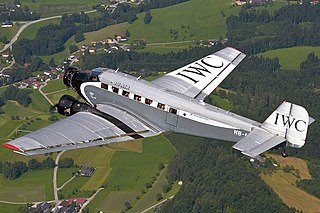
The Junkers Ju 52/3m is a transport aircraft that was designed and manufactured by German aviation company Junkers. First introduced during 1930 as a civilian airliner, it was adapted into a military transport aircraft by Germany's Nazi regime, who exercised power over the company for its war efforts, over the objections of the company's founder Hugo Junkers.
3. Korbinian- und Nonnosushof
The Collegiate Abbey of St. Andreas was a collegiate monastery on the Cathedral Hill in Freising (Domannexstift). The buildings of the monastery were located on the western part of the Cathedral Hill, west of the prince-bishop's residence. The collegiate church was the second largest church in Freising after the cathedral; the monastery also included eight parishes with 30 branches.
4. ehem. Korbinianskapelle
Weihenstephan Abbey was a Benedictine monastery in Weihenstephan, now part of the district of Freising, in Bavaria, Germany. Brauerei Weihenstephan, located at the monastery site since at least 1040, is said to be the world's oldest continuously operating brewery.
5. Freisinger Dom
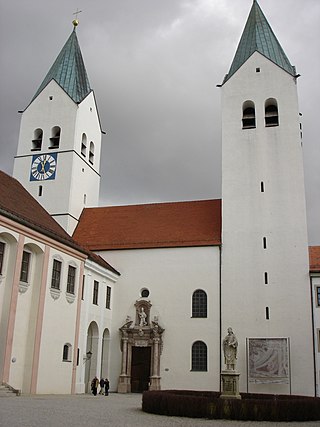
Freising Cathedral, also called Saint Mary and Corbinian Cathedral, is a romanesque basilica in Freising, Bavaria. It is the co-cathedral of the Catholic Archdiocese of Munich and Freising. Freising Cathedral is also known for being the place where Pope Benedict XVI was ordained a priest.
6. Wieskirche
The Wieskirche near Freising is a Catholic pilgrimage church "Zum gegesgelelten Heiland" near Freising in Upper Bavaria. The curacy is located in the north of Freising on the edge of the forest on a road in the direction of Zolling. The church is the destination of the Way of the Cross to the Wies.
7. Pallotti-Kirche St. Johannes
The Pallottine Church of St. John the Baptist is a modern church building in the northern city of Freising (Upper Bavaria). It was built between 1928 and 1930 together with an elongated missionary seminary according to plans by the Darmstadt architect Jan Hubert Pinand. With the complex, Pinand created one of the most important buildings of ecclesiastical expressionism in Old Bavaria. All sculptures and reliefs of the church are works of the Munich sculptor Karl Baur and date from the period from 1930 to about 1955.
Wikipedia: Pallottinerkirche St. Johannes der Täufer (Freising) (DE)
8. Staudensichtungsgarten
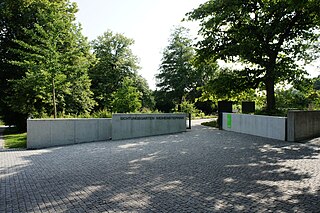
The Sichtungsgarten Weihenstephan is a teaching and trial garden maintained by the Weihenstephan-Triesdorf University of Applied Science in Freising, Germany. It is, according to English horticulturist Noel Kingsbury, the leading institution of its kind in Europe.
9. Moor Fountain
The Mohrenbrunnen is a fountain in Freising (Upper Bavaria). It was created around 1700 by the Munich sculptor Franz Ableithner in the Baroque style. The client was the Freising Prince-Bishop Johann Franz Eckher von Kapfing und Liechteneck.
10. St. Benedikt
The Benediktuskirche is a Catholic church on the Cathedral Hill in Freising. The church is located east of the cathedral and can be reached through the cloister that runs through the rear part of the Benedictus Church. The church is separated from the cloister only by iron bars.
11. Bürgerturm
The Bürgerturm is a four-storey watchtower in the northeast of Freising's old town. Today, the tower at Unterer Graben 25 is the last visible remnant of the city wall of Freising's city fortifications, along with the heavily modified Karlsturm.
12. Andreasbrunnen
The Andreasbrunnen is a fountain on the western Domberg in Freising (Upper Bavaria). It was built in 1697 under Prince-Bishop Johann Franz Eckher von Kapfing und Liechteneck in front of St. Andrew's Church in the Baroque style. The apostle sculpture comes from the workshop of the Munich sculptor Franz Ableithner.
13. Mariensäule
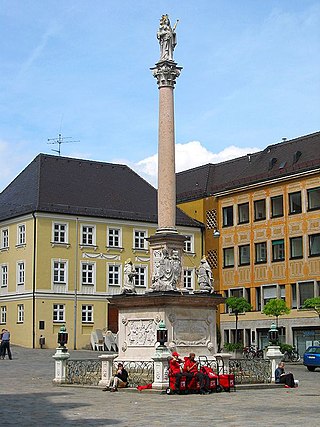
The Marian Column is a red marble column crowned by a figure of Mary in the middle of Marienplatz, in a central location of Freising's old town. The column is one of the most striking monuments of the historic old town. It was founded in 1674 by Prince-Bishop Albrecht Sigismund to venerate Mary as Patrona Bavariae. The Marian column on Marienplatz in Munich may have served as a model.
14. Königsstein
The Königsstein is a stone pillar about four meters high on the banks of the Moosach in Freising. The monument was created by the sculptor Josef Kirchmayr and erected on the occasion of the jubilee celebrations of the 25-year reign of the Bavarian King Maximilian Joseph on February 16, 1824. Until 1853 it stood near the Heiliggeistspital.
15. Denkmal für Otto von Freising
The monument to Otto von Freising is a stone sculpture on the Cathedral Hill of Freising (Upper Bavaria). It commemorates the 22nd Bishop of Freising (1138–1158), who is considered one of the most important historians of the Middle Ages.
16. Cross on Domberg
The crucifix on the Cathedral Hill is a Latin wooden cross about four meters high on the Cathedral Hill in Freising (Upper Bavaria). It was built in 1867 in front of the entrance to the cathedral courtyard.
17. Korbinianskapelle
The Chapel of St. Korbinian or Asam Chapel was a chapel on the southern slope of the Weihenstephaner Berg in Freising, which stood above a spring, the Korbiniansbrünnlein. The ruins have been preserved and can be reached via the footpaths of the southern slope of Weihenstephan. For some years now, there has also been a staircase again, from the Hofgarten down to the Korbiniansbrünnlein.
18. St. Peter und Paul
The branch church of St. Peter and Paul is the Roman Catholic village church of Achering, a district of the large district town of Freising in Upper Bavaria. It is also a protected monument and is registered in the list of architectural monuments in Freising.
19. St. Michael
St. Michael is the Catholic church in the Freising district of Tüntenhausen. Since 1 October 2014, the curacy of Tüntenhausen has been part of the parish association of Neustift, which includes Haindlfing, Marzling and St. Peter and Paul in Freising-Neustift in addition to Tüntenhausen. The former pilgrimage church is a protected monument and is listed in the list of architectural monuments in Freising.
20. Schloss Haindlfing
Schloss Haindlfing is a castle in Haindlfing, a district of the town of Freising in the district of Freising in Bavaria, Germany. The castle is located 250 m west of the parish church of St. Laurentius von Haindlfing.
21. Filialkirche Sankt Ulrich
The St. Ulrich branch church is the church of the Hohenbachern district of Freising. It belongs to the St. Jakob city parish in Vötting. The first church in Hohenbachers was consecrated by Bishop Joseph von Verona in 759, according to the chronicle of Karl Meichelbeck. A church was also mentioned in later years. 826 is talking about a "Basilica ad Pacharom", 1305 of "Hohenpacharn", in 1449 of "Großpachern". From 1157 the church was subordinate to the nearby Weihenstephan monastery.
22. Denkmal für Freisinger Gelehrte
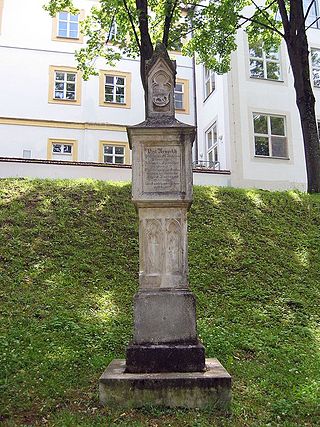
The Monument to Freising Scholars is a small, about two-metre-high memorial stone on the western Domberg in Freising (Upper Bavaria). It was built in the middle of the 19th century below the prince-bishop's residence in the form of a Gothic pinnacle. The monument commemorates the three Freising scholars Veit Arnpeck, Rupprecht von Freising and Joachim Haberstock. The Freising stonemasons Einsele are considered to be the creators, whose signum is located at the foot of the monument.
23. Sankt Valentin
The branch church of St. Valentin is the Catholic church of Altenhausen near Freising. It is dedicated to St. Valentine of Raetia. It was rebuilt in 1717, the tower is Gothic. Since 1954, the church has belonged to the parish of Marzling.
24. Marstall
The Marstall on the Domberg in Freising was built as a court stable for the prince-bishops of the Bishopric of Freising. Today, the building houses the all-day care of the neighboring cathedral high school, the cathedral singing school and Renovabis, the Eastern European aid organization of the Catholic Church.
25. Diözesanmuseum für christliche Kunst
The Diocesan Museum Freising - DIMU on the Cathedral Hill in Freising is the museum of the Archdiocese of Munich and Freising. The collection contains works from the early 5th century to contemporary modern art. After the Vatican Museums, it houses the world's second largest art collection in the Catholic Church. Individual focal points of the collection are the art of Byzantium, the late Gothic, the Baroque, the present, and testimonies to piety – including an extensive collection of nativity scenes.
Share
How likely are you to recommend us?
Disclaimer Please be aware of your surroundings and do not enter private property. We are not liable for any damages that occur during the tours.
